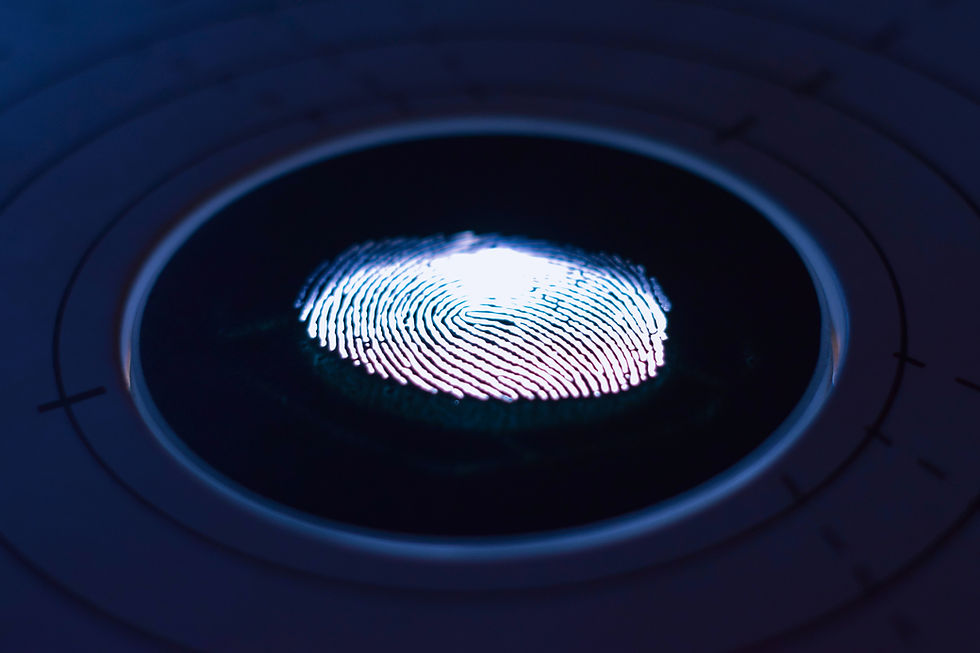Reimagining the Workplace: Creating Spaces for Innovation and Inclusivity
- Cassandra Hendriks
- Aug 10, 2023
- 2 min read
The modern workplace is undergoing a profound transformation. What was once a one-size-fits-all, physically confined space has now evolved into a dynamic, flexible, and inclusive environment. This evolution reflects a broader shift in societal values, emphasizing creativity, diversity, and well-being. But how did we get here, and where are we headed?
The Traditional Workplace:
The 20th-century workplace was characterized by fixed hours, designated workspaces, and hierarchical structures. It prioritized conformity and routine, with limited room for individual expression or flexibility. However, this model, though effective for its time, began to show cracks as societal norms and expectations evolved.

The Shift to Modern Workspaces:
Several factors have contributed to the transformation of our work environments:
Technological Advancements: The rise of the internet, mobile devices, and collaborative tools has made remote work and flexible timings feasible and efficient.
Changing Workforce Demographics: The influx of millennials and Gen Z into the workforce brought fresh perspectives, emphasizing work-life balance, flexibility, and inclusivity.
Globalization: Companies now operate on a global scale, necessitating diverse teams and a deeper understanding of various cultures and practices.
The Importance of Mental Health: There's a growing recognition of the value of employee well-being, both mentally and physically.
Key Features of the Reimagined Workplace:
Flexibility: Employees have the autonomy to choose their work hours and locations, leading to increased productivity and satisfaction.
Collaborative Spaces: Modern offices are designed to foster collaboration and creativity, with open floor plans, breakout areas, and technology-driven conference rooms.
Inclusivity: There's a strong emphasis on creating spaces that cater to all, regardless of gender, race, physical ability, or age.
Well-being Centers: Recognizing the importance of mental health, many organizations now have dedicated spaces for relaxation, meditation, and even counseling.
The Way Forward:
The reimagined workplace is not just about physical spaces; it’s a mindset. Organizations need to prioritize:
Continuous Feedback: Regularly solicit feedback from employees to understand their needs and make necessary adjustments.
Embracing Diversity: Actively recruit from a diverse talent pool and foster a culture of acceptance and understanding.
Investing in Technology: Ensure that employees have the tools they need to collaborate, innovate, and maintain work-life balance.
Conclusion
The workplace of the future is inclusive, flexible, and innovation-driven. As we continue to evolve, it's crucial for organizations to stay attuned to the changing needs of their workforce and the broader societal shifts that influence them.
As we reimagine our workplaces, what changes would you like to see? How does your ideal workspace look? Join the conversation and share your thoughts and insights with us.
Footnotes
Reference: Johnson, L. (2022). The Inclusive Workspace: Case Studies from Silicon Valley. FutureWork Journal




Comments